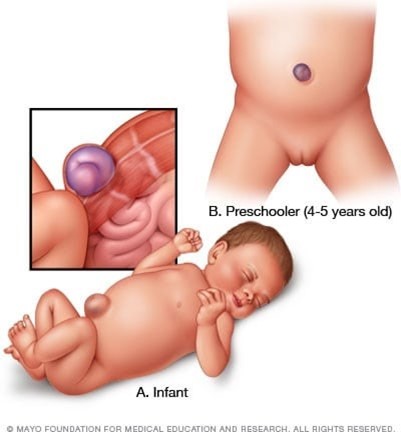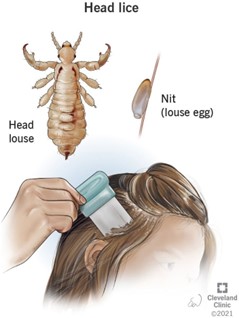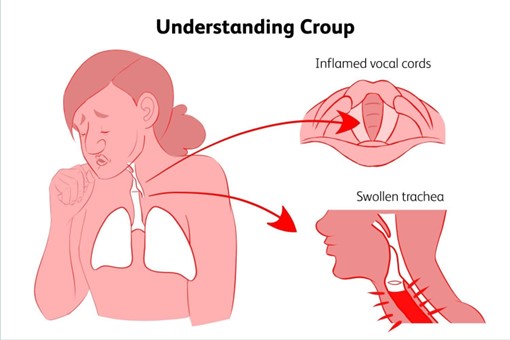A six-year-old girl is being admited to the hospital for repair of an umbilical hernia. Which information, collected by the admitting nurse, is particularly helpful in planning care for this child?
List of achievement timeline for developmental milestones.
Reactions to any previous hospitalizations.
A history of rubella, rubeola, or chicken pox.
Mother's use of alcohol, drugs, or cigaretes during pregnancy.
The Correct Answer is B
Information about the child's reactions to any previous hospitalizations would be particularly helpful in planning care for this six-year-old girl who is being admited for repair of an umbilical hernia. This information can help the nurse anticipate and address any fears or concerns the child may have about the hospitalization and procedure.
A list of achievement timeline for developmental milestones is not particularly relevant in this situation.
A history of rubella, rubeola, or chicken pox is not particularly relevant in this situation.
Information about the mother's use of alcohol, drugs, or cigaretes during pregnancy is not particularly relevant in this situation.

Nursing Test Bank
Naxlex Comprehensive Predictor Exams
Related Questions
Correct Answer is D
Explanation
The nurse should instruct the parents to wash the child's bed linens and clothing in hot soapy water to kill any remaining head lice and prevent reinfestation. The child's brushes, combs, and other hair accessories should also be washed in hot soapy water or disposed of. Taking the child to a hair salon for a shampoo and a shorter haircut is not necessary for treatment of head lice. Rewashing the child's hair following a 24-hour isolation period is not necessary if the permethrin shampoo has been used as directed.

Correct Answer is C
Explanation
When advising a new mother on caring for a child with croup, the telephone triage nurse should prioritize concern for difficulty swallowing secretions. This symptom can indicate that the child's airway is becoming obstructed and requires immediate medical attention. A fever of 101.0°F (38.3°C) is a common symptom of croup and can be managed at home with antipyretics. Crying often when nursing is not a specific symptom of croup and may have other causes. A barking cough, worse at night, is a characteristic symptom of croup and can be managed at home with humidified air and hydration.

Whether you are a student looking to ace your exams or a practicing nurse seeking to enhance your expertise , our nursing education contents will empower you with the confidence and competence to make a difference in the lives of patients and become a respected leader in the healthcare field.
Visit Naxlex, invest in your future and unlock endless possibilities with our unparalleled nursing education contents today
Report Wrong Answer on the Current Question
Do you disagree with the answer? If yes, what is your expected answer? Explain.
Kindly be descriptive with the issue you are facing.
